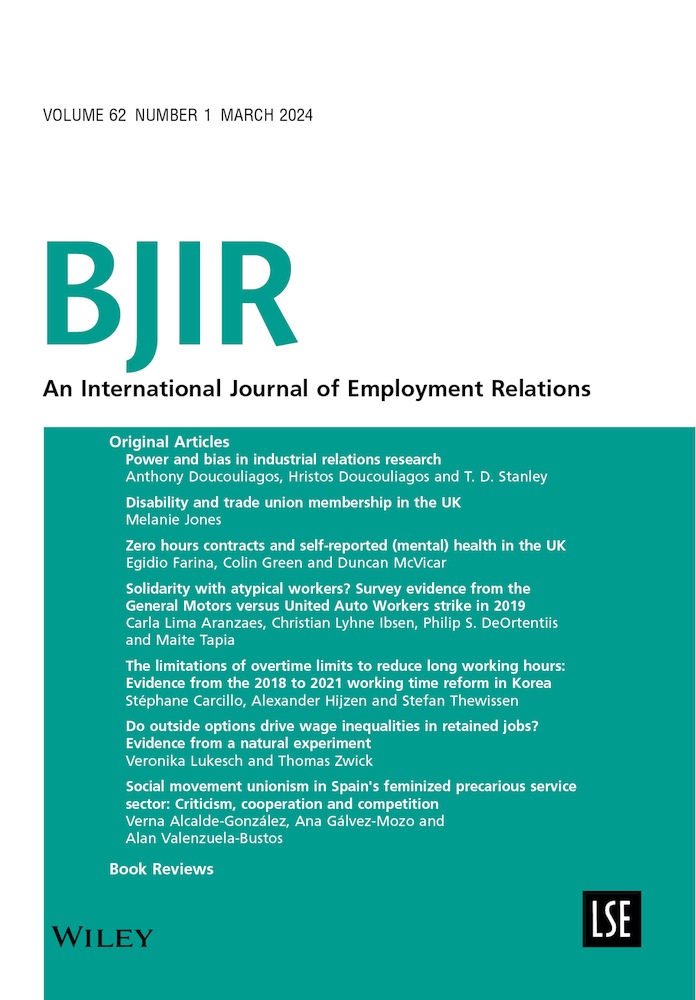In this article, we examine whether (and by how much) workers in Canada have been compensated for the ‘novel’ risks associated with COVID-19. We create a unique dataset from a system that scores occupations in the US O*NET database for COVID-19 exposure. We then combine those COVID exposure scores with Canadian occupational data contained in the Public Use Microdata File of the Labour Force Survey. This allows us to categorize Canadian occupations based on COVID-19 exposure risk. We find a long-tailed distribution of COVID-19 risk scores across occupations, with most jobs at the lower end of the risk spectrum and relatively few occupations accounting for most of the high COVID-19 exposure risk. We find that workers who are already more vulnerable in the labour market (i.e. youth, women and immigrants) are also more likely to be employed in occupations with high COVID-19 exposure risk. When we look at the relationship between high-COVID exposure risks in occupation and wages, we find negative compensating differentials both at the mean (negative 8%) and across the earnings distribution. However, when workers are covered by a union, they enjoy a sizeable hazard pay premium (11.7% on average) as compared to their non-union counterparts. Furthermore, we find that the moderating effects of unionization for workers at high risk of COVID exposure to be largest at the bottom of the earnings distribution (i.e. the 10th percentile of unionized earners receives a 12.3% risk premium for high-COVID exposure, whereas the 90th percentile receives only a 2%).
Publication Type
- Article



